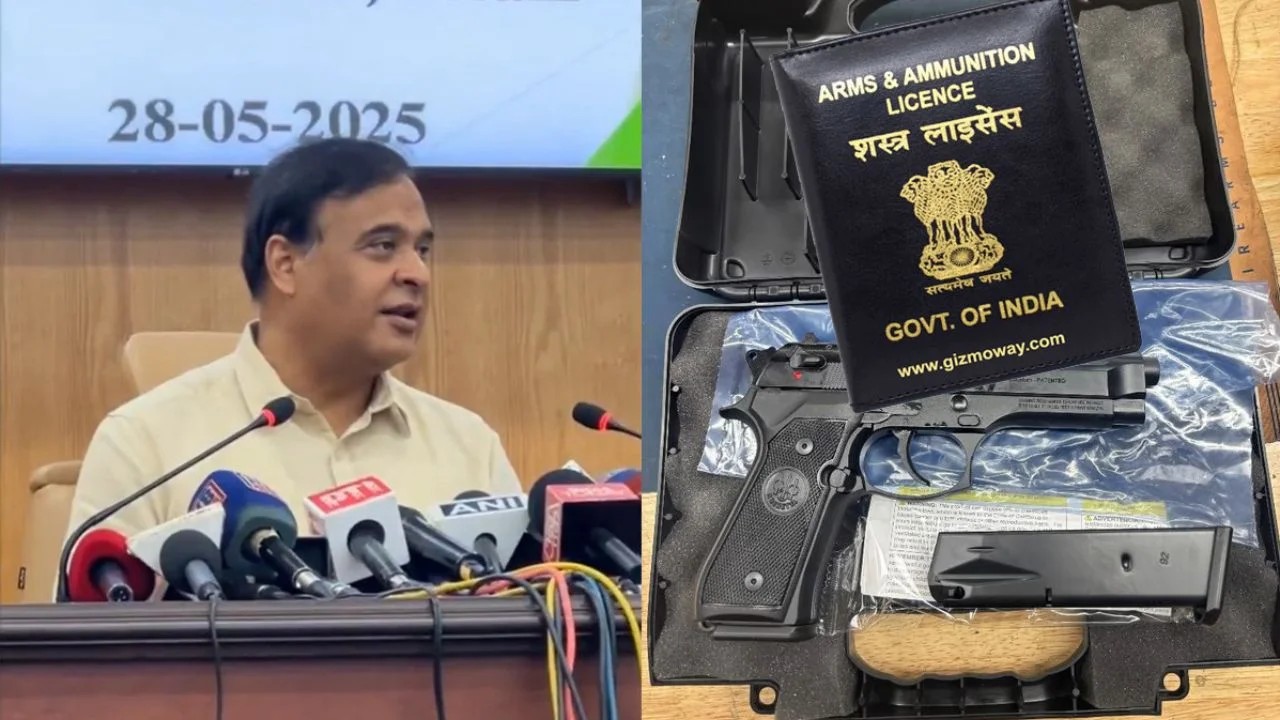
Himanta Launches Portal for Indigenous Communities to Apply for Arms Licences

 :
| Updated On: 06-Aug-2025 @ 1:50 pm
:
| Updated On: 06-Aug-2025 @ 1:50 pmSHARE
On August 6, Assam Chief Minister Himanta Biswa Sarma announced the launch of a dedicated online portal that will allow indigenous people living in "sensitive" and "vulnerable" areas of the state to apply for arms licences. The initiative is aimed at addressing the longstanding concerns of indigenous communities regarding personal safety and security, especially in regions where they feel threatened.
The Chief Minister shared the announcement via a post on the social media platform X (formerly Twitter), where he also released detailed guidelines on eligibility criteria and the application process. According to the guidelines, individuals who are original inhabitants or Indigenous Indian citizens of Assam and who perceive a genuine threat to their life and safety due to the vulnerable nature of their residence are eligible to apply. Additionally, those residing in remote or sensitive areas, officially notified by district administrations or identified by authorized security agencies, are also considered eligible.
The process for granting arms licences under this portal will not be arbitrary or automatic. It will include a multi-layered system involving rigorous security assessments, identity verification, and legal compliance. The licences will be non-transferable and subject to periodic reviews, monitoring, and reporting. This structured framework is designed to ensure that arms licences are issued responsibly, with due consideration to the existing arms laws and public safety.
This initiative is part of a broader state policy decision taken by the Assam Cabinet on May 28, which approved the granting of arms licences to indigenous people living in vulnerable and remote areas. The objective, as stated by the government, is to instil a sense of security among these populations, who often feel marginalized or exposed to threats in demographically sensitive zones.
CM Sarma identified several of these areas during his earlier public statements, including Dhubri, Morigaon, Barpeta, Nagaon, South Salmara-Mankachar, Rupahi, Dhing, and Jania. Notably, all these regions have significant Muslim populations, which has added a politically sensitive dimension to the decision. While the government has not officially linked the move to any specific community, the demographic context has sparked discussions in political and public forums.
The Chief Minister also connected the current demand for arms licences to historical grievances, stating that indigenous people have been seeking such protection mechanisms since the time of the Assam Agitation (1979–1985), a political movement aimed at safeguarding the rights of the indigenous Assamese people. Sarma argued that rather than relying solely on protests or agitation, it is time for the Assamese people to adopt “practical steps” to secure their future and survival.
By launching this portal, the Assam government aims to empower indigenous citizens, enhance their sense of safety, and provide a formal and legal avenue to address their concerns. The initiative is expected to generate both support and scrutiny, as it touches upon deeply rooted social, cultural, and demographic issues in the state. Nevertheless, the government maintains that this measure is essential to uphold law, order, and the rights of indigenous people in Assam.